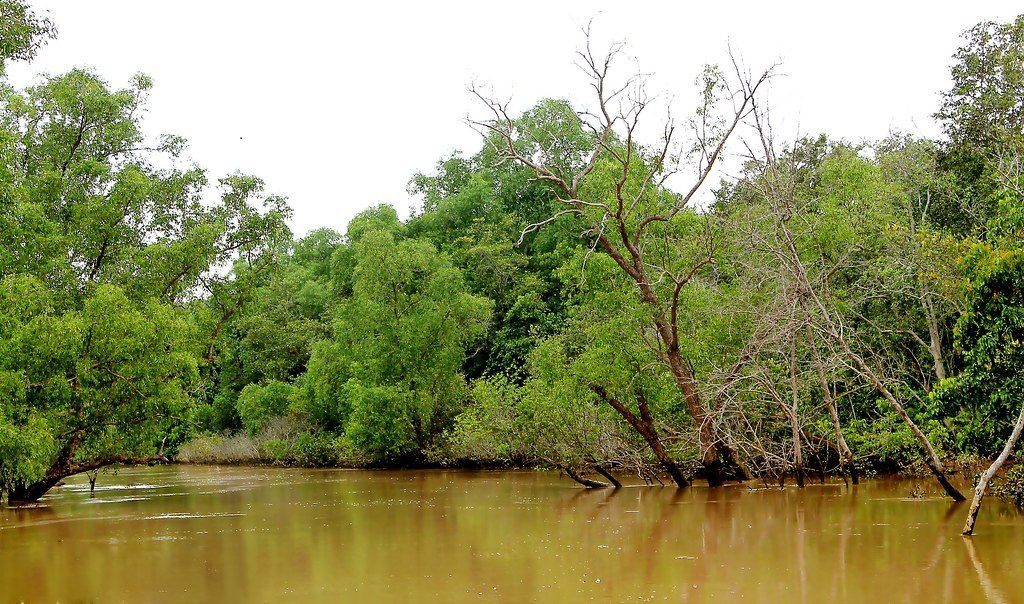Kendrapara: Magsaysay award winner Rajendra Singh, the water conservation activist who is known as ‘Waterman of India’, will visit the construction site of the controversial mega drinking water project on Kharasrota River at Barunadiha village under Rajkanika block in Kendrapara district, Tuesday.
While Singh is expected to put forth his opinion on the project, his visit has become a topic of hot discussion here as people are of the view that Singh would help make the controversy a national issue.
Meanwhile, Srikant Nayak, a member of Bhitarkanika Eco-sensitive Zone Committee who has been staging a sit-in protesting against the project for 14 days now, has again written to the Principal Chief Conservator of Forests (PCCF) demanding that the latter stop the construction work on the project and protect Bhitarkanika by sending a team to study the project’s impact on the region.
Nayak further said that a water treatment plant is under construction at Nuahat under Chandbali block in Bhadrak district for supplying water to four blocks and three NACs of the district. Water from Kharasrota river is being drawn from near Barunadiha for this treatment plant. These two places come under Bhitarkanika’s eco sensitive zone. Moreover, the report and resolution prepared for the project are based on false information, he alleged.
To corroborate his claim, he provided proof in the letter, it was learnt. Even various environmentalists in the state have expressed their concern over the project.
“A nature’s gift, Bhitarkanika is not just a place to enjoy nature’s beauty but also an ideal habitat for wild animals, birds and marine creatures. The saline jungle helps reduce the impact of natural disasters. Once the coast is damaged, its resurrection will be impossible. In addition, the sweet water has a vital role in saving this bio diversity.
“Studies need to be undertaken to ascertain the impact of the project on Bhitarkanika after drawing of water from Kharasrota river. Local residents should write to the state government mentioning how the project would affect the bio diversity of the region and their livelihood,” observed Devi Priyadarshini, a scientist at the Regional Museum of Natural History, Bhubaneswar.
Similarly, Saroj Kumar Pattanayak, a retired PCCF, said, “There are 410 villages in Bhitarkanika area. The villagers need sweet water for agriculture. This apart, sweet water is also required for sustenance of different varieties of tress in luna forest. During monsoon, there is no dearth of sweet water in the area. But, during the remaining part of the year, supply of sweet water diminishes. In search of sweet water, wild animals often sneak into human habitations. Keeping these factors in view, a special report needs to be prepared. The eco sensitive zone monitoring committee can take a decision whether to give permission for the project or not.”
Citing the example of Sundarbans, Suresh Kumar Mishra, a wildlife expert and retired DFO, said, “The number of ‘Sundari’ trees in Sundarbans is next to nothing. This has happened only due to lack of sweet water. If Bhitarkanika does not get enough sweet water, several trees would disappear and there would only be trees that can withstand saline water.
At the same time, crocodiles inhabiting the region would migrate elsewhere for sweet water, resulting in frequent man-crocodile conflicts. Without sweet water, the natural resources at Bhitarkanika can’t be saved. A chance should be given to a technical team to assess the adverse impact of the project on Bhitarkanika National Park.”
PNN
